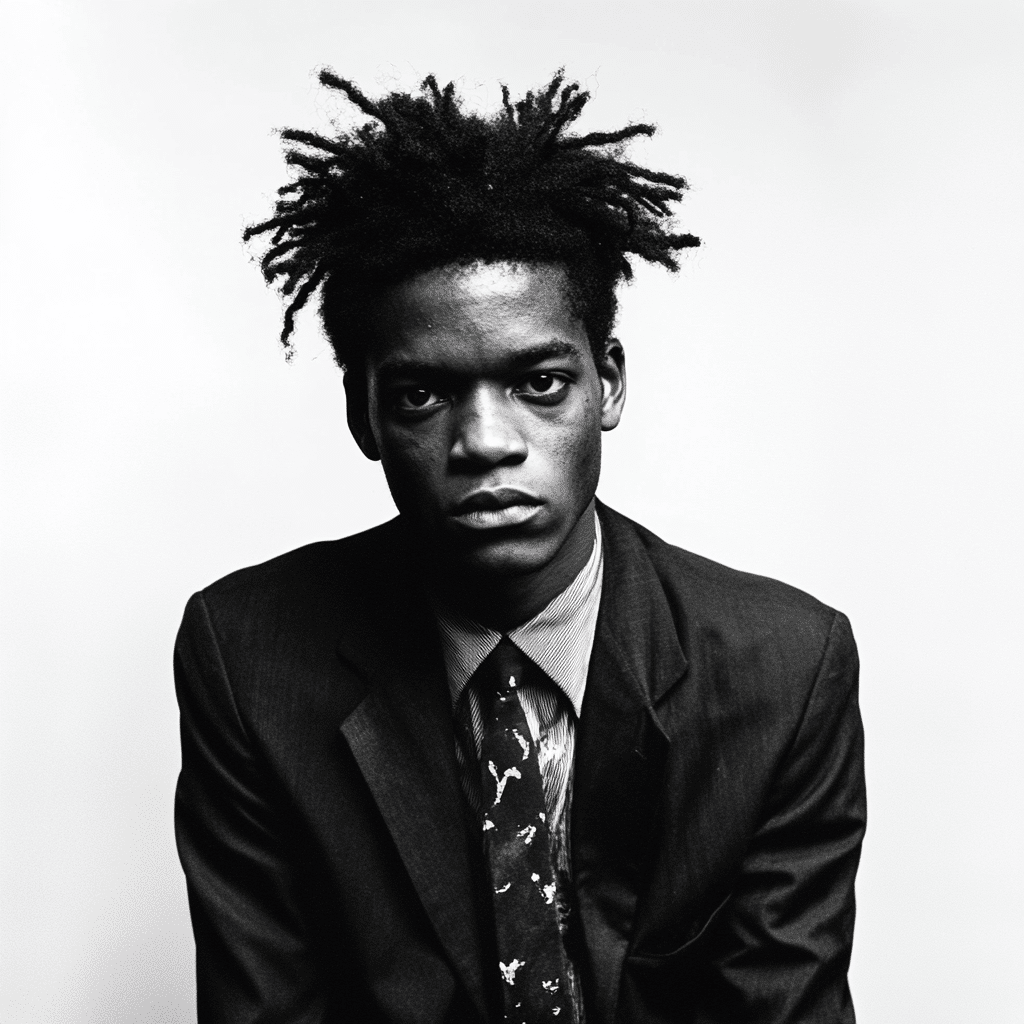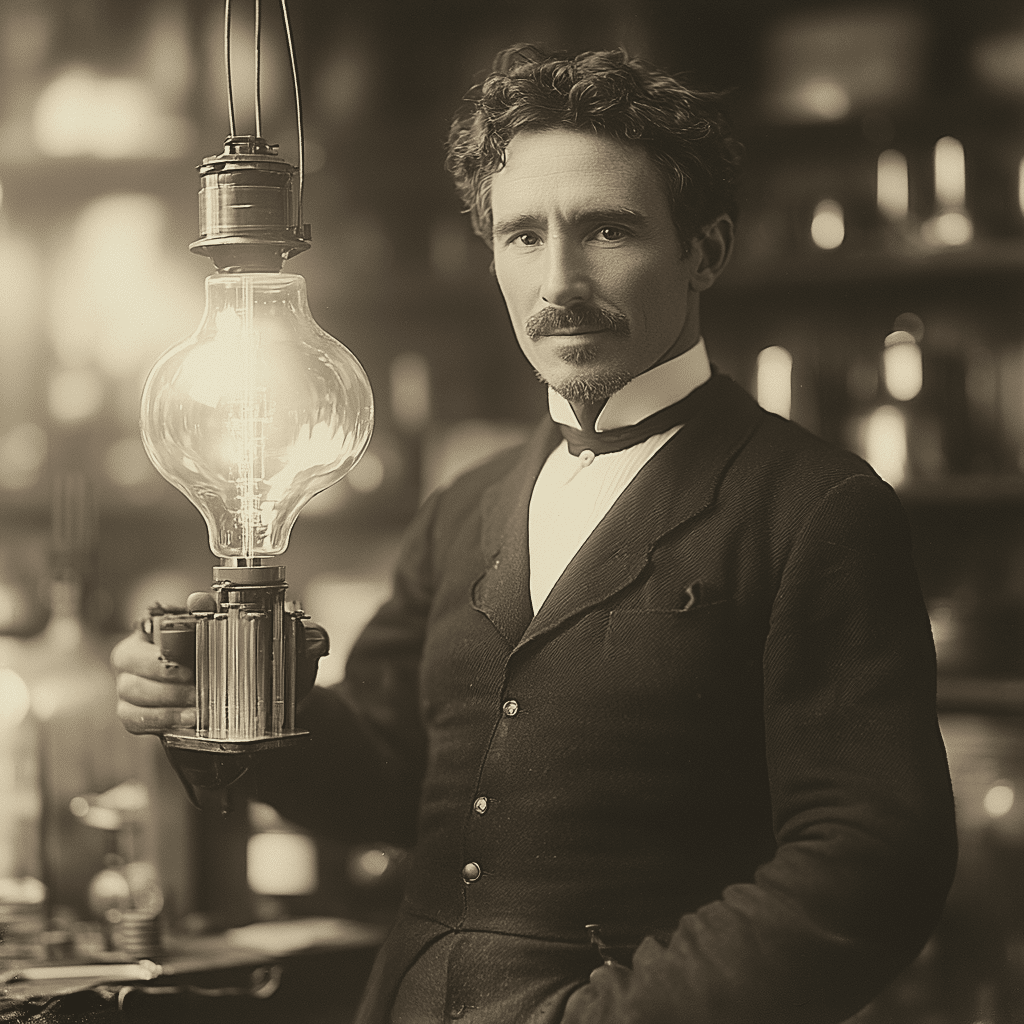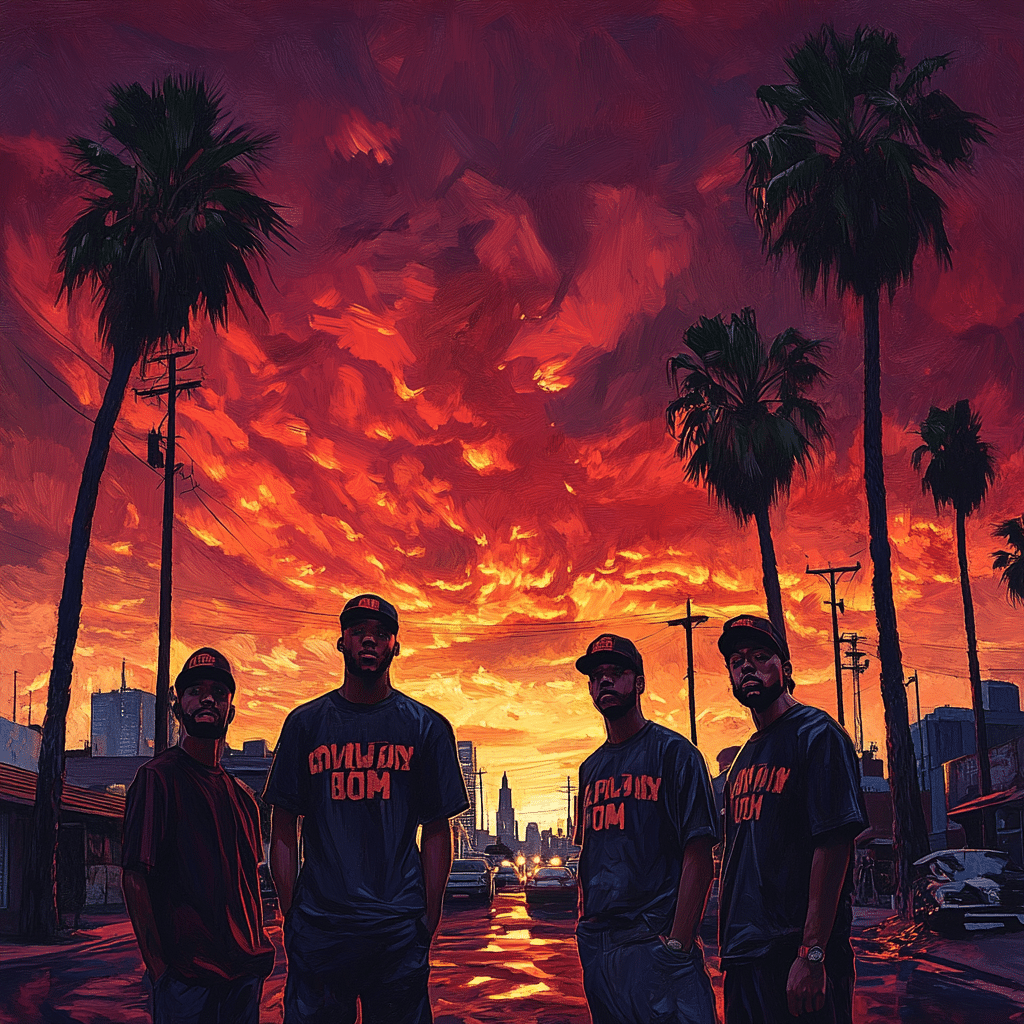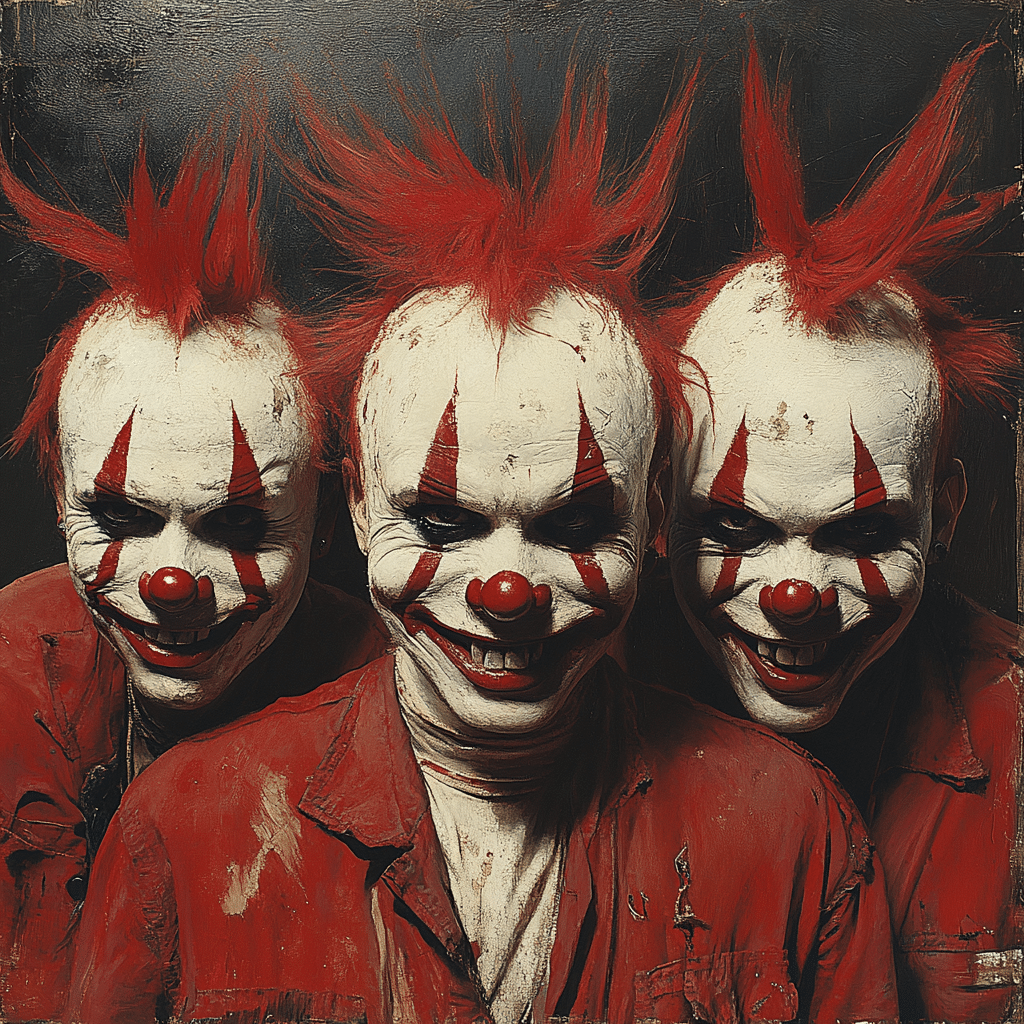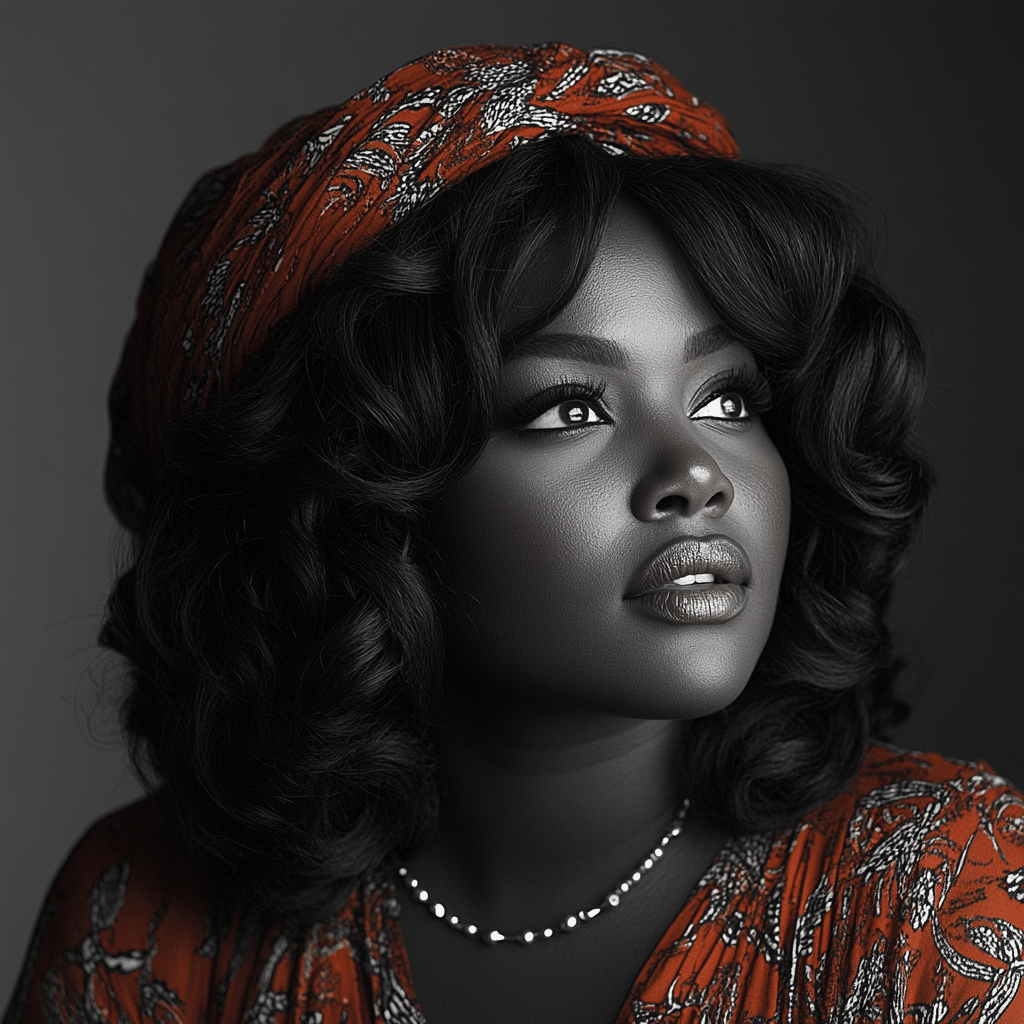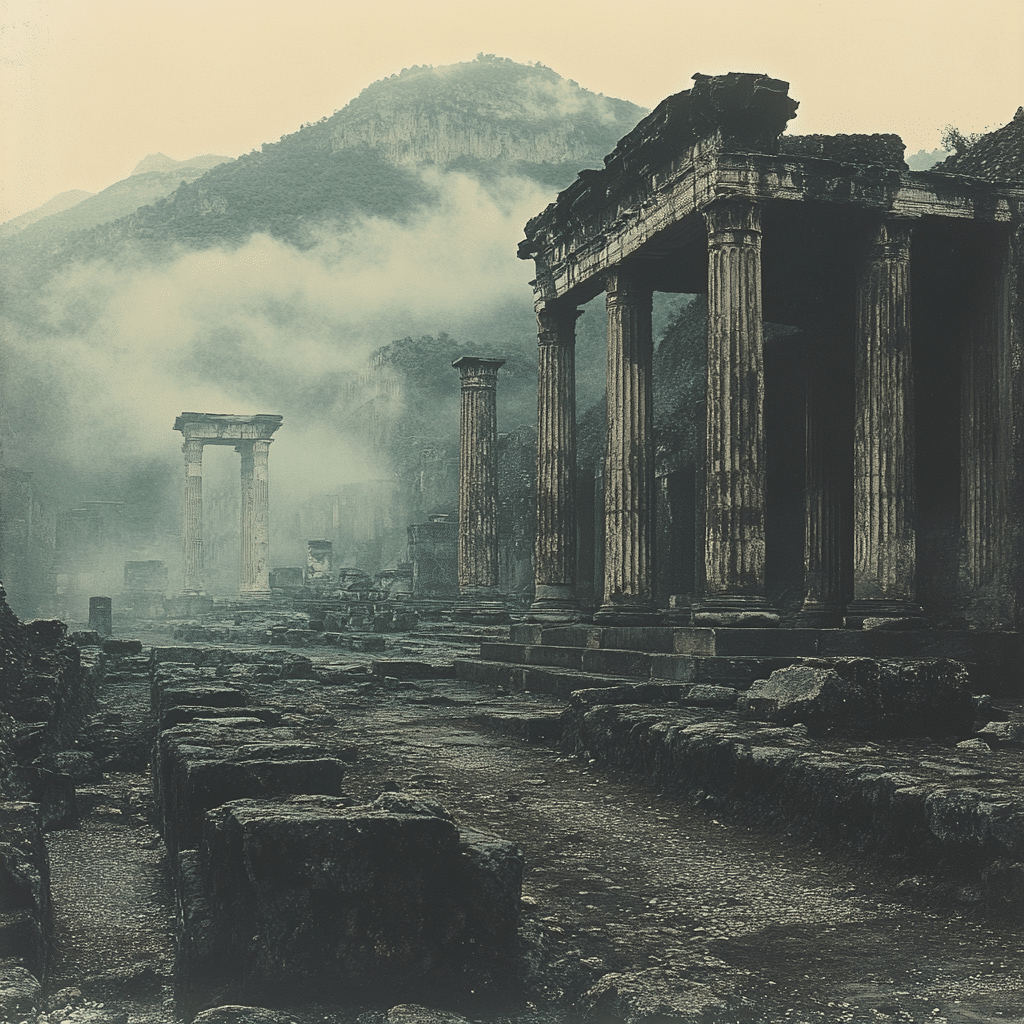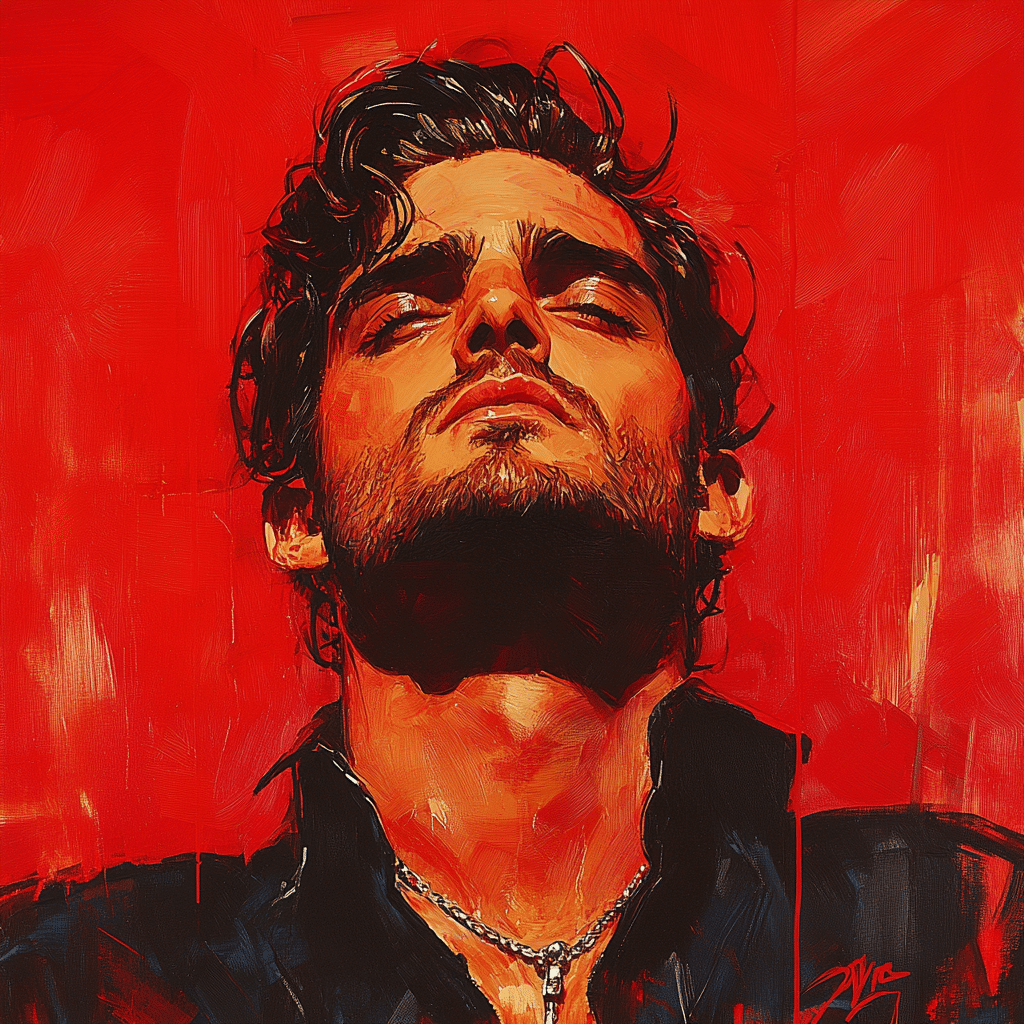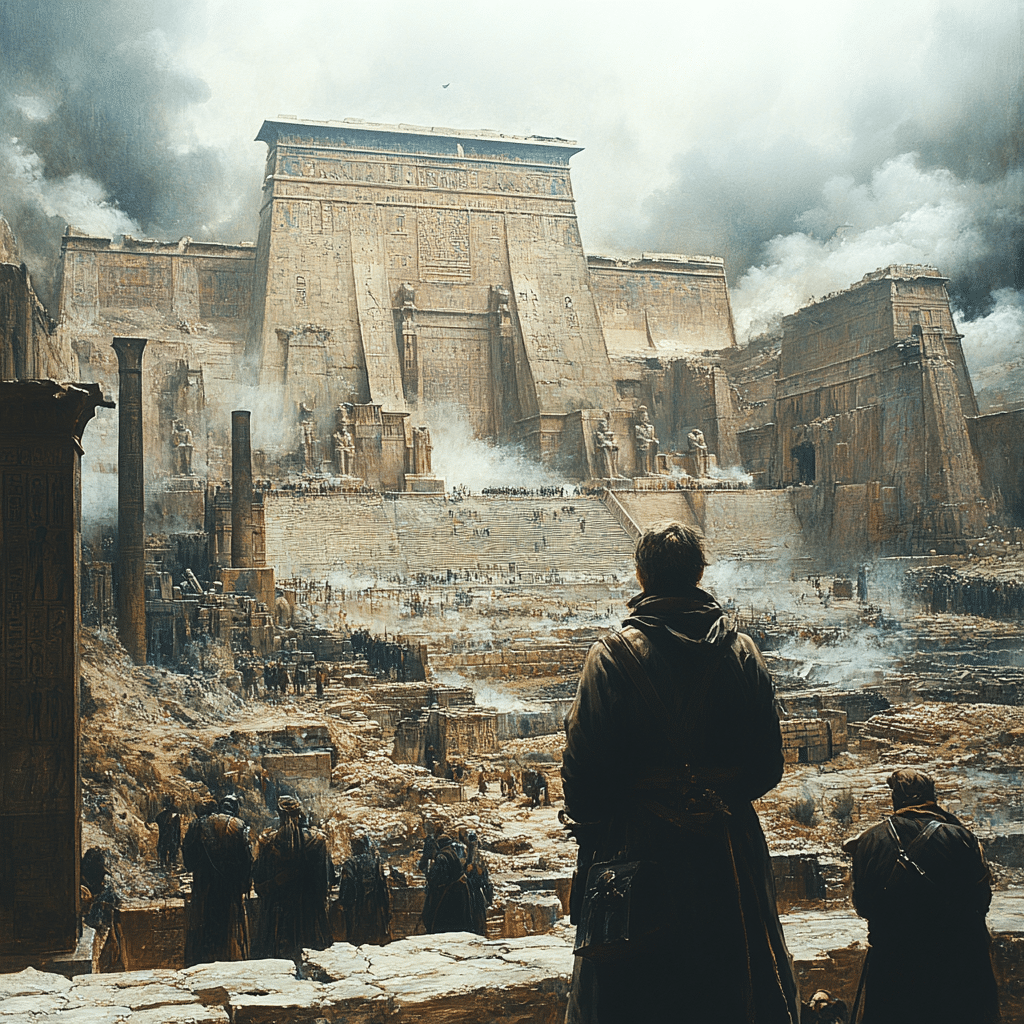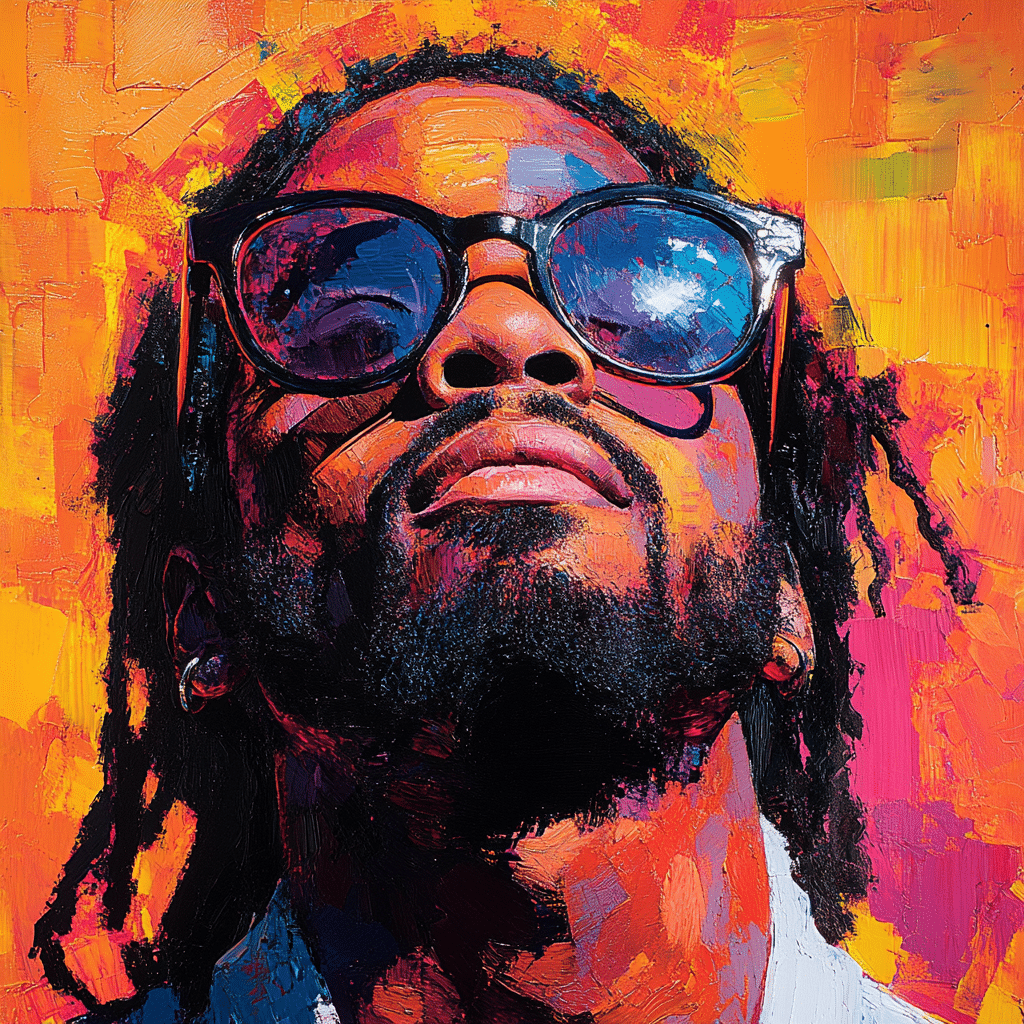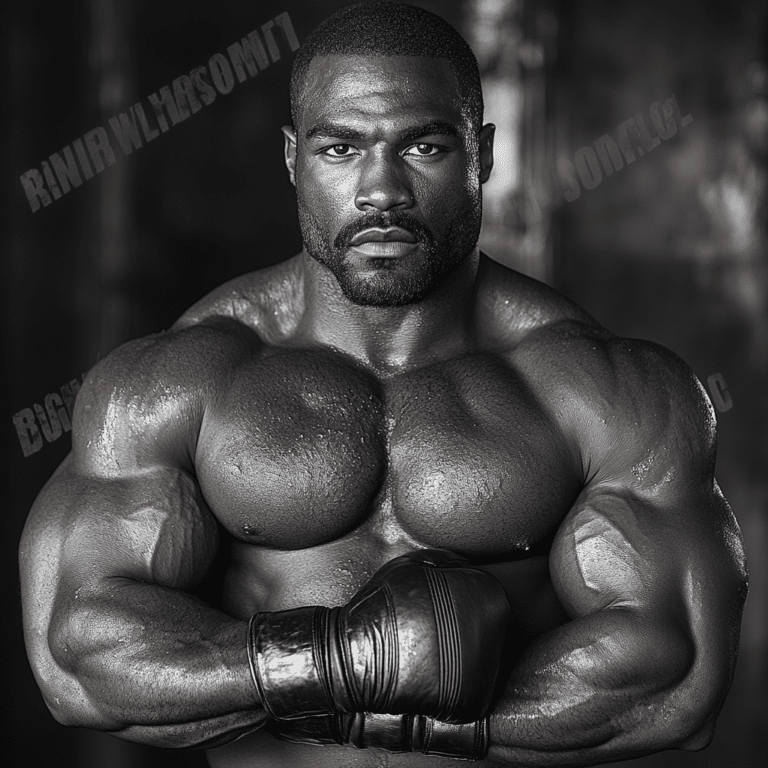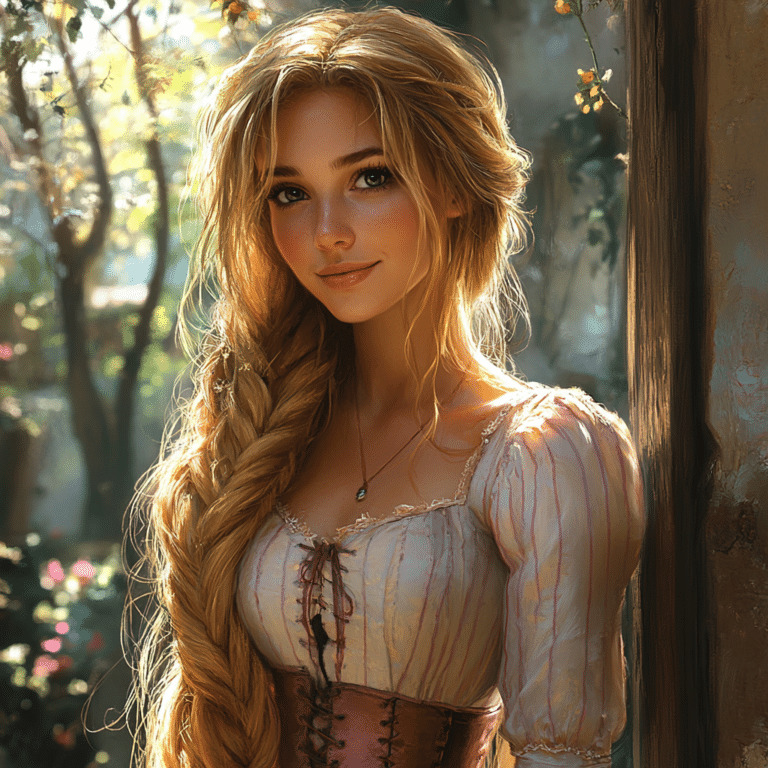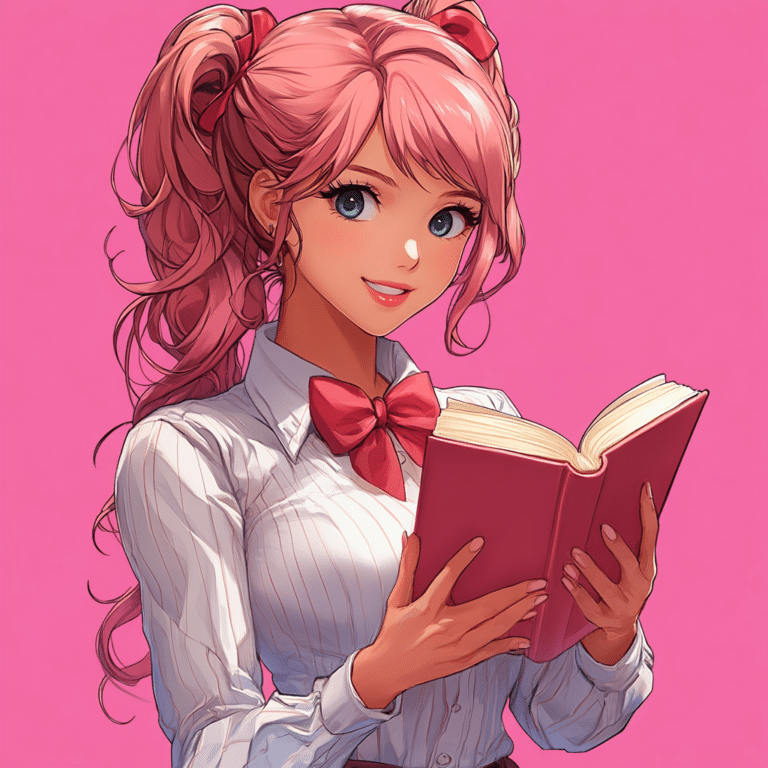Jean-Michel Basquiat. Just saying his name conjures images of vibrant colors, striking imagery, and bold messages that changed the landscape of contemporary art. Born in Brooklyn in 1960, Basquiat’s meteoric rise from street artist to cultural icon is nothing short of fascinating. His art reflects a world grappling with identity, race, and societal issues, making Basquiat an enduring symbol of expressionism. Let’s dive into seven essential aspects of Basquiat’s influence on modern art that reveal how he forever altered our artistic journey.
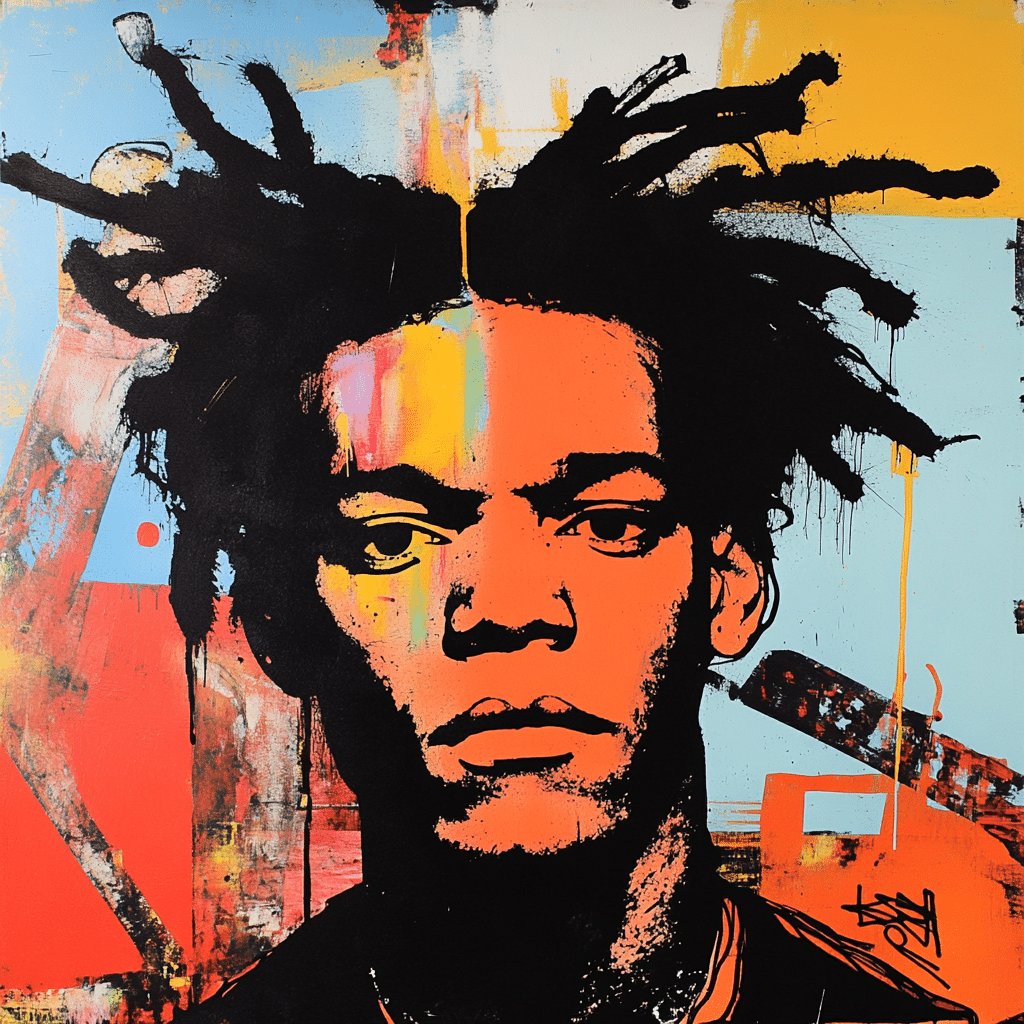
1. The Fusion of Text and Image
Basquiat had a knack for blending graffiti with neo-expressionist painting. His art often featured words and symbols that stirred reflections on race, identity, and the American experience. This powerful blend sends messages loud and clear, inspiring a generation of artists to incorporate similar linguistic elements into their work.
One glance at his pieces, and you see how he weaved his thoughts into his visuals. They tell stories that connect the personal to the political—an artist who understood that creativity could spark conversations that matter. Basquiat’s innovative approach encouraged many artists, shifting the narrative in the art world towards a more linguistic expression that spoke volumes.
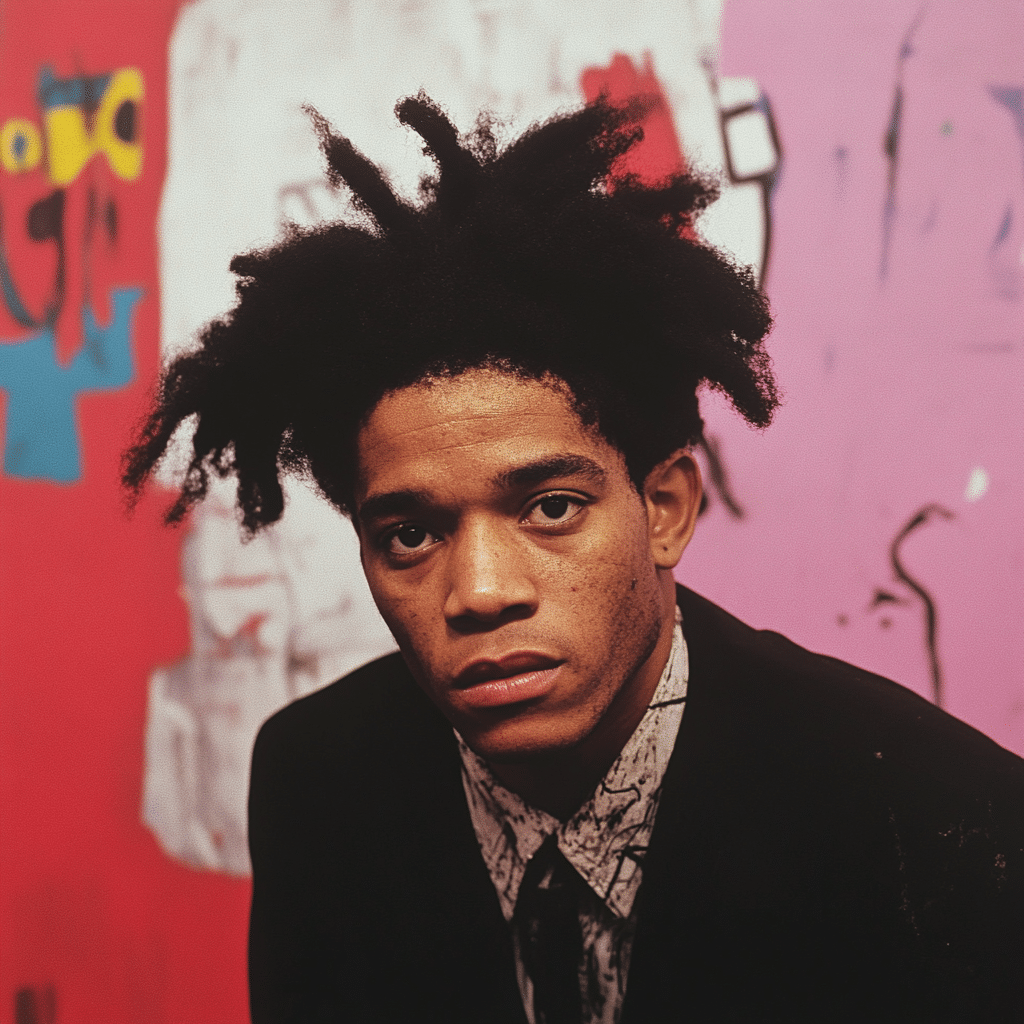
2. Challenging the Art Market
Basquiat didn’t just paint; he threw a wrench into the traditional art market. His works have sold for jaw-dropping amounts at auction, turning heads and raising eyebrows. Remember when one of his pieces went for nearly $110 million in 2017? That single sale shook up the established norms of art valuation.
This provoked dialogue, not just about worth but also about who gets to define it. Think of personalities like Justin Theroux, questioning the commercialization of high art while advocating for underrepresented creators. Basquiat’s legacy continues to encourage discussions that challenge the status quo, reminding us that art has its own value—beyond price tags.
3. Intersection of Celebrity Culture and Art
Basquiat was no stranger to the glitzy side of art. His friendship with Andy Warhol exemplified the intertwining of celebrity culture and artistry. Together, they painted a world where fame and talent collided, making art more visible than ever. This partnership highlighted how commercial influence could elevate artistic exploration.
Fast forward to today, and we see remnants of this trend in the works of designers like Jean Paul Gaultier, who blends provocative themes with pop culture. The line between celebrity and artist is thinner than ever, proving that Basquiat’s impact reaches beyond canvas or gallery walls into our everyday conversations.
4. The Influence of Black Identity and History
At the core of Basquiat’s work lies a deep reflection on his identity as a Black artist. His pieces speak to the challenges and triumphs of race relations in America, offering insights that resonate even today. For instance, contemporary artists like Kehinde Wiley and Amy Sherald draw on these same themes, capturing the skies and struggles of underrepresented narratives.
Sidney Poitier, a titan in cinema, shared similar sentiments through his work, echoing Basquiat’s essence. Art and film both function as mirrors to society, and both artists champion the cause of representation, paving the way for others to tell their stories. This connection transforms the art scene, encouraging dialogues about race and identity that continue to flourish.
5. Visual Language of Street Culture
Emerging from the streets of New York, Basquiat embraced the energy of urban life, creating art that pulsated with passion. His gritty style, filled with raw expression, inspired contemporary street artists and graffiti writers to address socio-economic issues vividly and innovatively.
Look at figures like Banksy and Shepard Fairey, who have followed in Basquiat’s footsteps, using visual storytelling to convey powerful messages about society. The evolution of street art stands as a testament to Basquiat’s enduring influence, encouraging countless others to channel their voices through their artistic expressions.
6. Pop Culture and Fashion Collaboration
Basquiat didn’t stop at art; he infiltrated the fashion world, too. Collaborations with brands like Reebok and Uniqlo have allowed his art to transcend gallery walls and find a home in everyday wardrobes. This fusion of fashion and artistry has opened the door to a new kind of wearable art that speaks directly to the people.
This trend not only honors Basquiat’s genius but also brings art to the masses—making it more accessible than ever. Just think about how many people sport his designs without even knowing the stories behind them. The fashion industry’s newfound appreciation for art has kicked off exciting collaborations across disciplines, ensuring that Basquiat’s ethos of inclusivity lives on.
7. The Legacy of Rebellion and Individuality
Basquiat wasn’t just an artist; he was a trailblazer for individuality. He challenged the conventions of the art world and societal expectations, promoting rebellion through self-expression. His spirit is carried forward by those who feel sidelined by mainstream aesthetics, igniting a fire of creativity.
Today, artists like Paul Levesque (more commonly known as Triple H) use their platforms to advocate for authenticity and isolate themselves from big labels. This ethos of staying true to oneself can be directly traced back to Basquiat, reminding us to embrace our uniqueness in all its messy, beautiful glory.
Reflecting on Basquiat’s Enduring Impact
Basquiat’s contributions are multilayered, extending far beyond the canvas and into realms like cinema, fashion, and even activism. His artwork invites ongoing conversations about identity, social structures, and the power of self-expression. As artists today tackle these themes head-on, Basquiat serves as both a symbol of artistry and a catalyst for change.
Every stroke of his brush encourages us to view the world through an unapologetic lens, prompting discussions that shape our societal narratives. So next time you stumble upon a piece of street art or stylish apparel inspired by Basquiat, remember it’s more than just a design; it’s a story waiting to be told. Embrace the legacy of Basquiat, and let it inspire you to find your own voice in the artful chaos of life.
Basquiat: The Artistic Genius Who Redefined Expressionism
A Brush with Fame
Jean-Michel Basquiat wasn’t just about the art; he was also embroiled in the vibrant culture of the 1980s, making a name for himself in an already explosive art scene. He rubbed elbows with stars like Andy Warhol, and their collaboration is today regarded as groundbreaking. It’s wild to think that while Basquiat was taking New York by storm with his bold graffiti-style art, other icons, like Fred Astaire, were shaping the world of music and dance. Both Basquiat and Astaire carved out distinct identities, transforming their respective fields in ways that still resonate today. Talk about powerful legacies!
Every artistic genius has their quirks, and Basquiat was no exception. He had a love for collecting things, from Caribbean-inspired memorabilia to vintage pop culture items. This fascination mirrors the current craze around popular series, like how viewers are eagerly anticipating Outlander season 8. In both cases, it’s all about the appreciation for storytelling. While Basquiat’s artworks tell intricate stories through layers of meaning, fans of Outlander get hooked on the complex narrative twists and character developments.
An Artistic Legacy
Basquiat’s influences were as diverse as they come, rooted in jazz, street culture, and art history, which is a reminder of how interconnected creativity can be. His works often reflect African-American identity and social commentary, engaging audiences in conversations about race and culture. Speaking of culture, did you know that just like the Elf cast captured holiday charm and humor? Basquiat’s art offers a different kind of charm, one that’s raw and thought-provoking, showing just how distinctive artistic expressions can be.
Tragically, Basquiat’s life was cut short, but he left behind an extensive portfolio, characterized by vibrant colors and bold lines that invite closer examination—akin to viewers diving deep into epic sci-fi worlds, such as Monarch: Legacy of Monsters. It’s fascinating how Basquiat’s work continues to come alive through exhibitions and cultural discussions, just as fans eagerly discuss plot twists and character arcs in their favorite series or adaptations, bringing a modern resonance to historic works.
The Enduring Impact of Basquiat
In recent years, Basquiat’s influence has surged again, as more people recognize the messages in his art and desire to explore their significance. The intersection of pop culture remains a strong element in his legacy. For instance, music legends, like Beyoncé, are making headlines—much like Basquiat did in his time, especially when it comes to awards, like the Grammys. Today’s artists often cite Basquiat as an inspiration, proving that his impact on the art scene is as relevant now as it was in the past.
Despite his untimely end, Basquiat’s life serves as a significant reminder of the trials and triumphs faced by many creative individuals. So, whether you’re drawn in by the aesthetic of a 9mm revolver or captivated by the themes in Puella Magi madoka magica, remember that Basquiat carved out a space for challenging societal norms through art. As we continue to celebrate his genius, let’s not forget to look at the intricate stories behind the art that paralleled the lives of other greats, including the dynamic narratives woven through the years in Special Ops: Lioness. In the end, Basquiat remains a beacon of inspiration and creativity that weaves through both art and life today.
